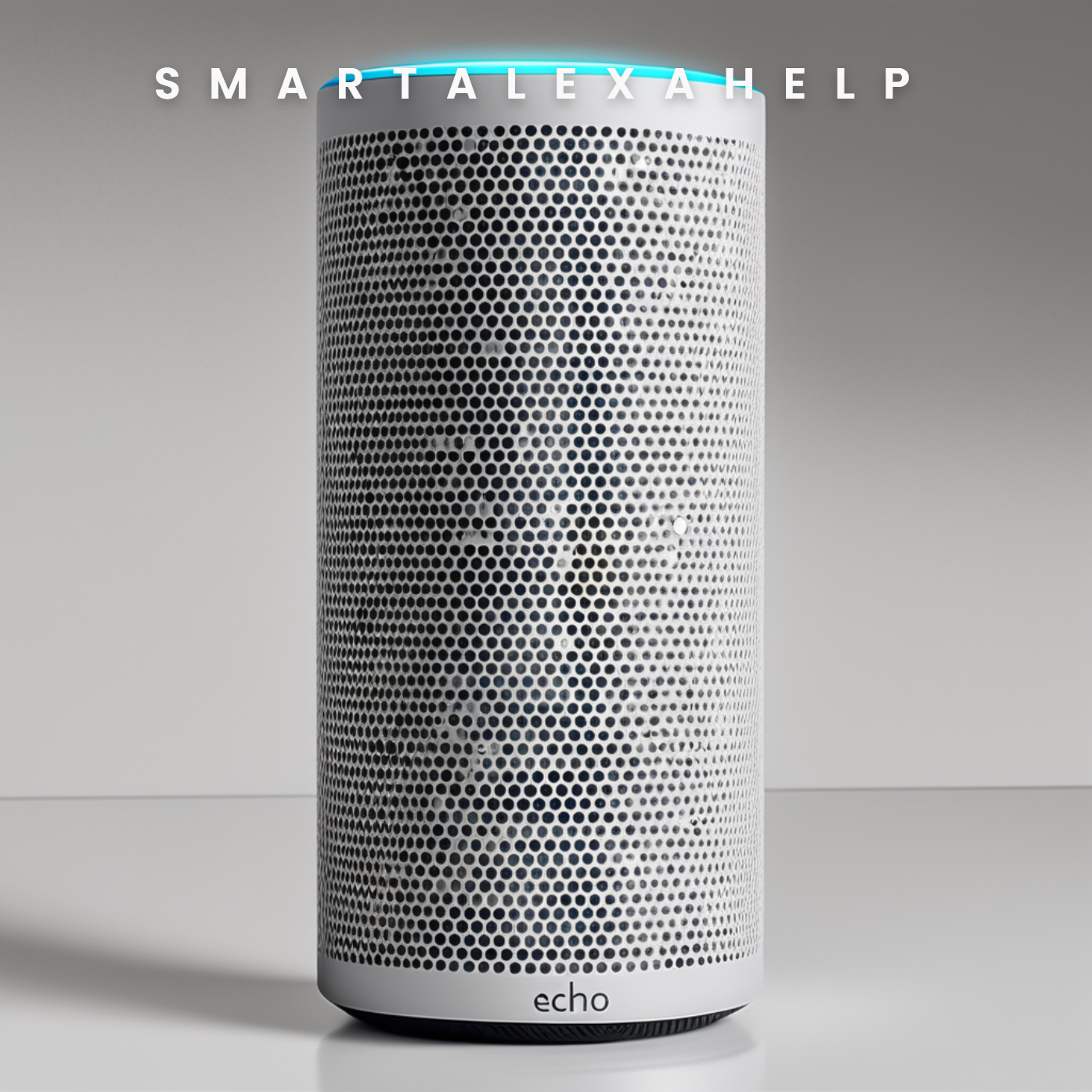
An Echo device going offline can be frustrating since it cuts off voice commands, smart home control, and music playback. Fortunately, many common causes of Echo offline problems can be quickly fixed with some simple troubleshooting steps. This guide explains easy and effective ways to restore your Echo device’s connection and get it back online in 2025.
Click Here---> Live Chat For Alexa Helpline Or Customer Support
Common Reasons for Echo Going Offline
Echo devices rely on a stable Wi-Fi connection and proper device settings to function. Typical reasons for an Echo showing offline include:
Wi-Fi network problems such as weak signals, router glitches, or incorrect passwords.
Changes in internet service providers or network configurations.
Issues with the Echo device firmware or software bugs.
Device placement that obstructs Wi-Fi connectivity.
Problems with Alexa app configurations or account syncing.
Older Echo models having difficulty connecting with modern networks.
Router settings including dual-band conflicts or MAC address filtering.
Step-By-Step Troubleshooting Tips For Echo Offline
Follow these steps sequentially to fix an Echo device that is offline and regain full functionality:
1. Check Power and Device Status
Make sure your Echo device is properly powered and shows signs of being active, such as a light ring or display. If the device is off or unresponsive, unplug it, wait for about 30 seconds, then plug it back in. This power cycle can clear temporary glitches.
2. Verify Your Internet Connection
Check if other devices like smartphones or laptops are connected successfully to your Wi-Fi network. If these devices also cannot access the internet, the issue likely lies with your router or ISP. Restart the router and modem by unplugging them for at least thirty seconds before plugging back in to reset the network.
3. Confirm Echo is Connected to Wi-Fi
Sometimes the Echo remains connected to a Wi-Fi network that is no longer active. Open the Alexa app on your smartphone, go to device settings, select your Echo device, and check the current network connection. If the Wi-Fi network or password has changed recently, update the settings in the app.
For Echo devices with screens, you can also swipe down on the display, select “Settings,” then “Network” to verify and change connection details.
Click Here---> Live Chat For Alexa Helpline Or Customer Support
4. Reconnect Echo to Wi-Fi Network
If your Echo is offline due to network changes:
Put the Echo device into setup mode by holding the action button until the light turns orange.
In the Alexa app, select “Add Device,” choose Amazon Echo model, and follow prompts to connect to your Wi-Fi.
Enter the correct Wi-Fi password carefully, especially if it contains special characters.
5. Switch Network Bands if Needed
Many modern routers offer both 2.4 GHz and 5 GHz bands. Older Echo models may struggle with the faster 5 GHz frequency. Using the app, disconnect and reconnect the Echo on the 2.4 GHz band to improve range and stability.
6. Address Router Settings
Some routers have MAC address filtering enabled, which restricts the devices allowed to connect. Find your Echo’s MAC address in device settings through the Alexa app and add it to your router’s allowed list if needed.
Additionally, ensure there are no parental controls, firewalls, or network isolation features blocking the Echo device.
7. Update Alexa App and Echo Firmware
Outdated firmware or Alexa app versions can cause connectivity problems. Regularly check for updates:
On the Echo device, updates typically happen automatically when idle on Wi-Fi.
In the Alexa app, go to device settings and look for available updates.
Update the Alexa app via your phone’s app store to maintain compatibility.
8. Factory Reset as a Last Resort
If reconnecting and updating do not work, perform a factory reset on your Echo device. This will erase all custom settings:
Hold down the reset button or press and hold the action button for about 20 seconds, depending on model.
Follow the Alexa app instructions to set up the device from scratch.
This process clears software errors that might cause persistent offline status.
Additional Tips and Considerations
Position your Echo device closer to your Wi-Fi router if possible. Thick walls and interference from other electronics may degrade the signal.
Restart your router and Echo devices regularly to prevent memory overload and flaky connections.
Use stable and well-kept router hardware. Old or malfunctioning routers often cause repeated connectivity issues.
Avoid using extended or guest Wi-Fi networks for Echo devices, as they sometimes block device communication.
If you use multiple Echo devices, verify that at least one is online and functioning to help with network troubleshooting.
When to Seek Help from Echo Support
If the Echo device still shows offline after trying all these steps, the issue may be more complex or hardware-related. Contacting Amazon Echo Helpline or Echo Customer Service Phone Number is advisable. Support specialists can assist with advanced diagnostics, warranty claims, or replacement procedures.
Click Here---> Live Chat For Alexa Helpline Or Customer Support
Providing detailed information such as device type, network setup, and troubleshooting steps already taken helps speed up support interactions.
Summary
Echo going offline is a common issue usually caused by Wi-Fi problems, device settings, or outdated software. Key solutions include verifying network connectivity, reconnecting the device thoughtfully, switching frequency bands, adjusting router settings, and updating software. Power cycling and factory resetting also help in stubborn cases.
By following this comprehensive step-by-step guide, users can quickly resolve offline issues and enjoy uninterrupted Alexa experiences in 2025 and beyond. For persistent problems, professional Echo Helpline support is available to restore full functionality.
This ensures that your smart home moves forward smoothly, with Echo devices reliably online and ready to assist you anytime.

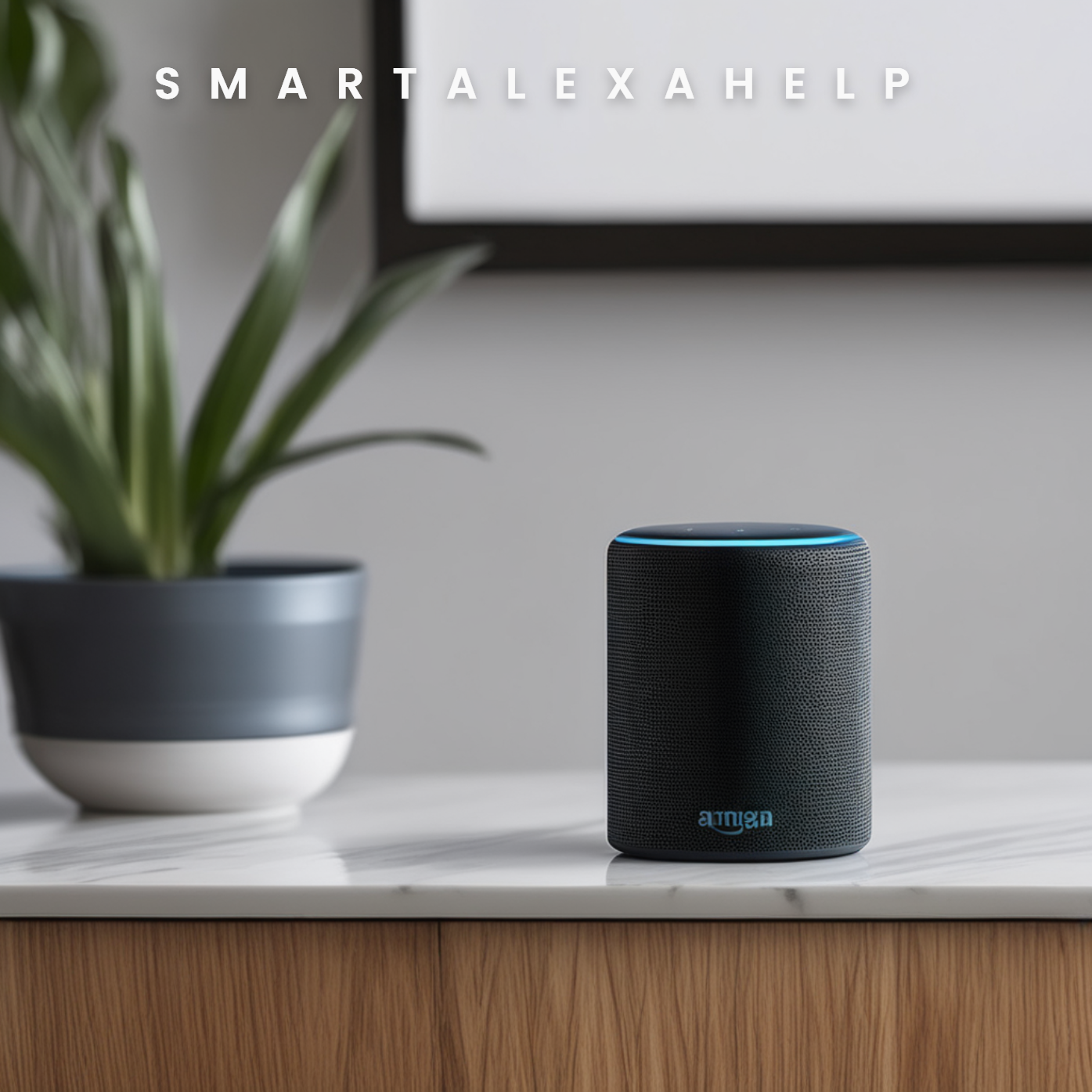
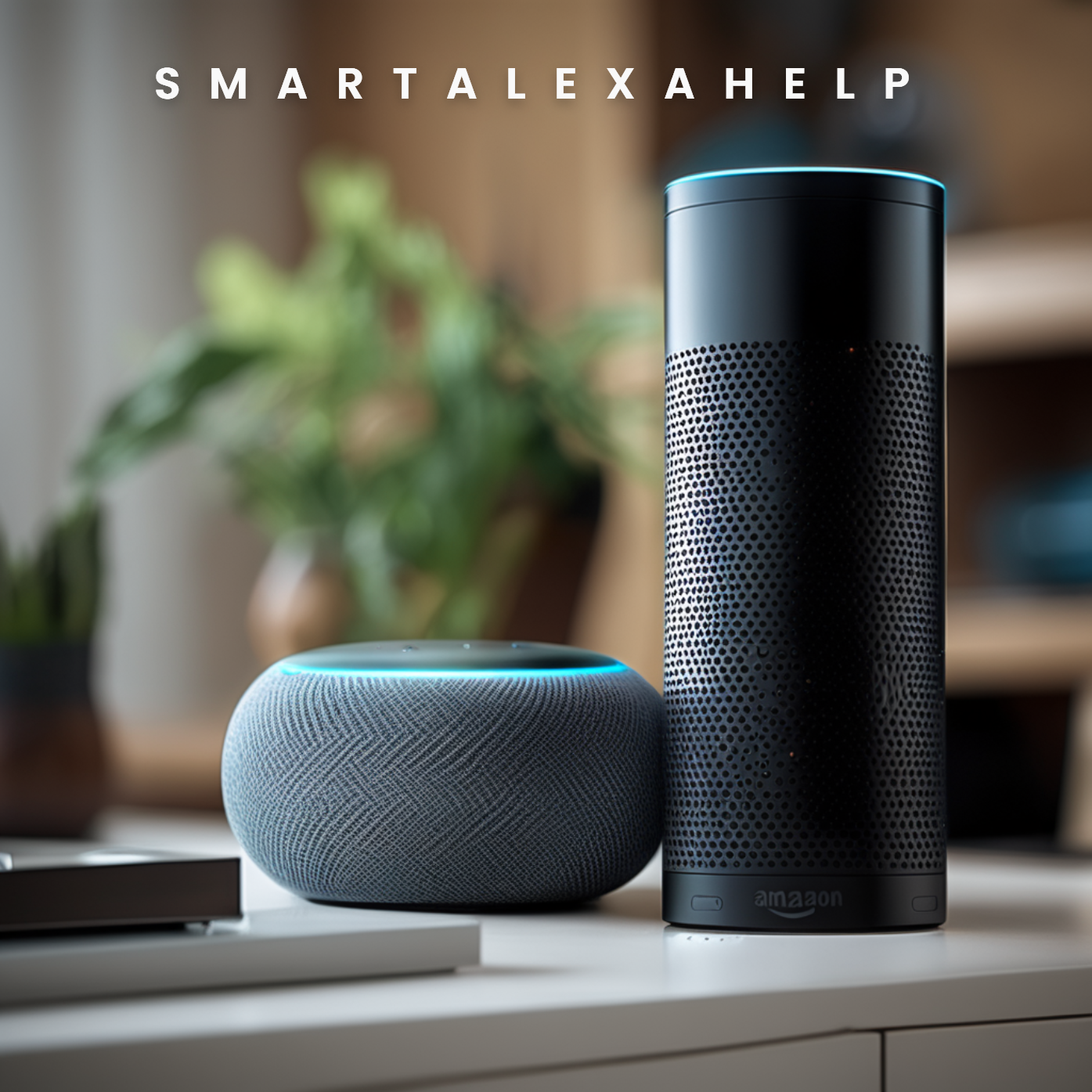
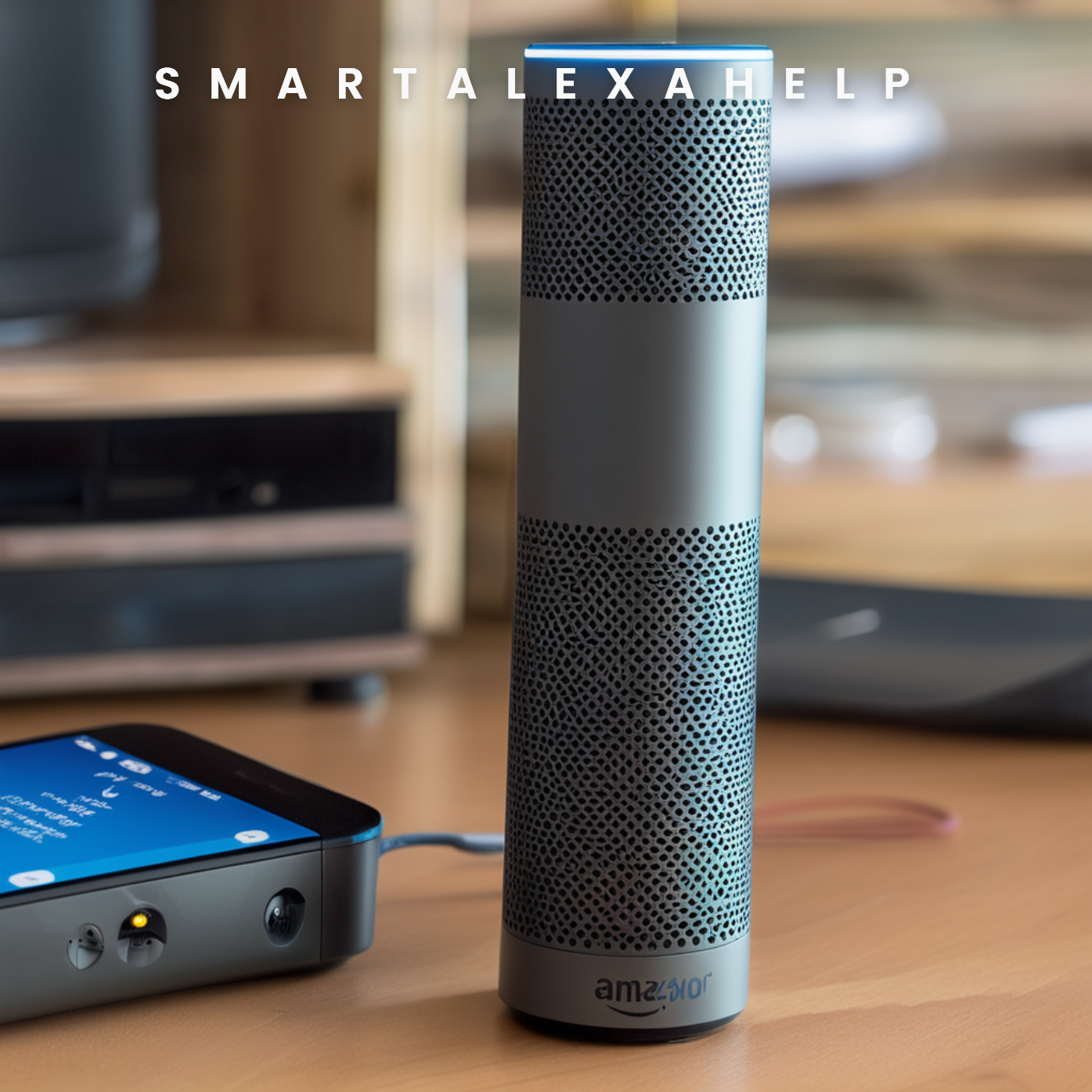

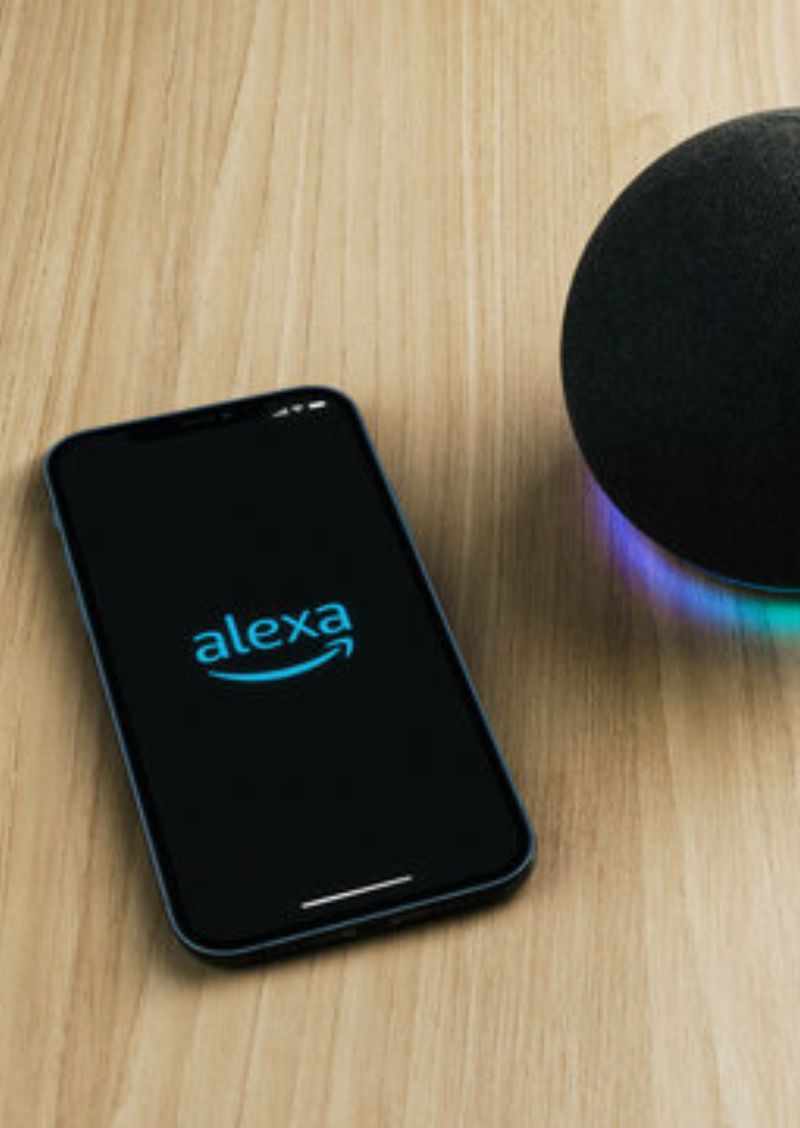
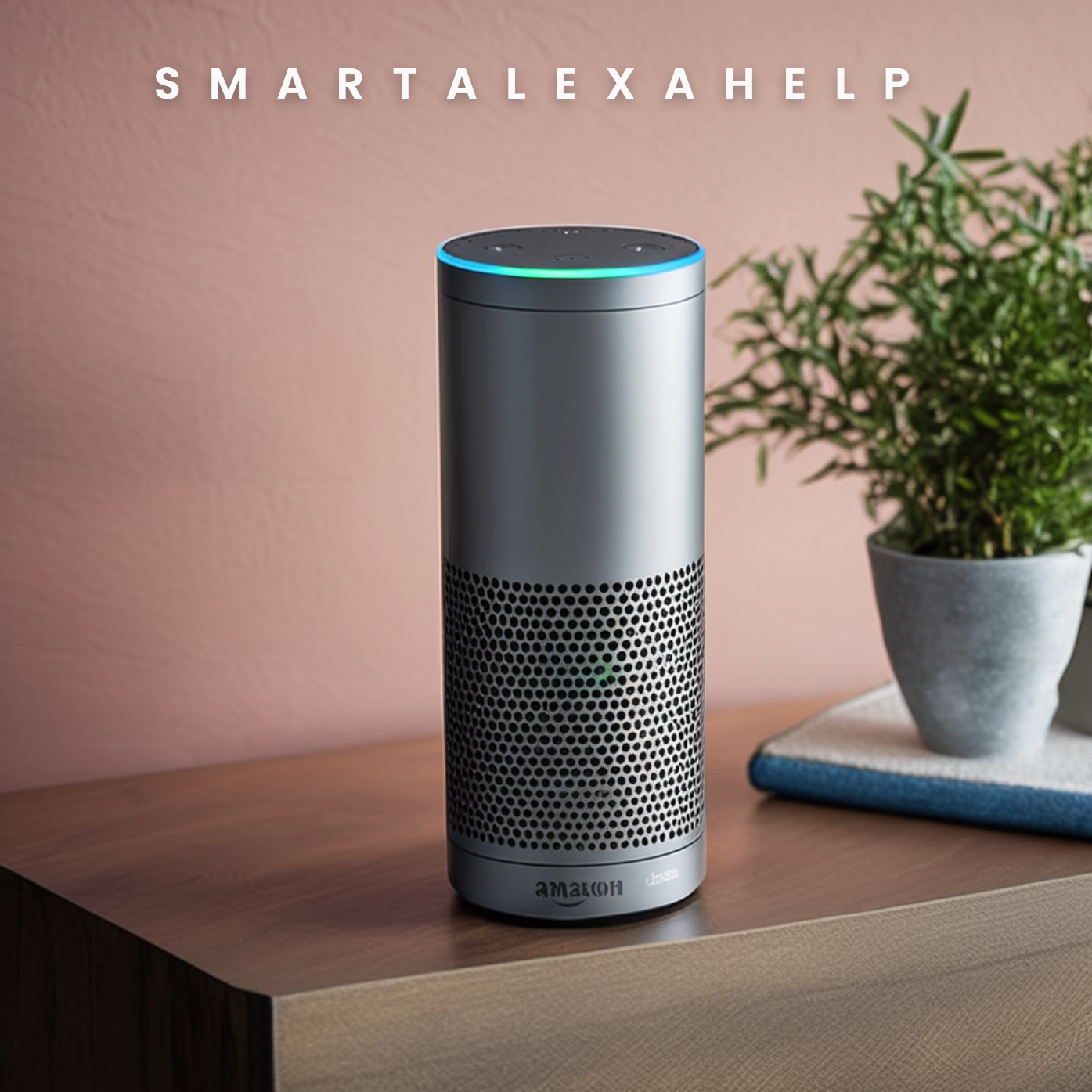
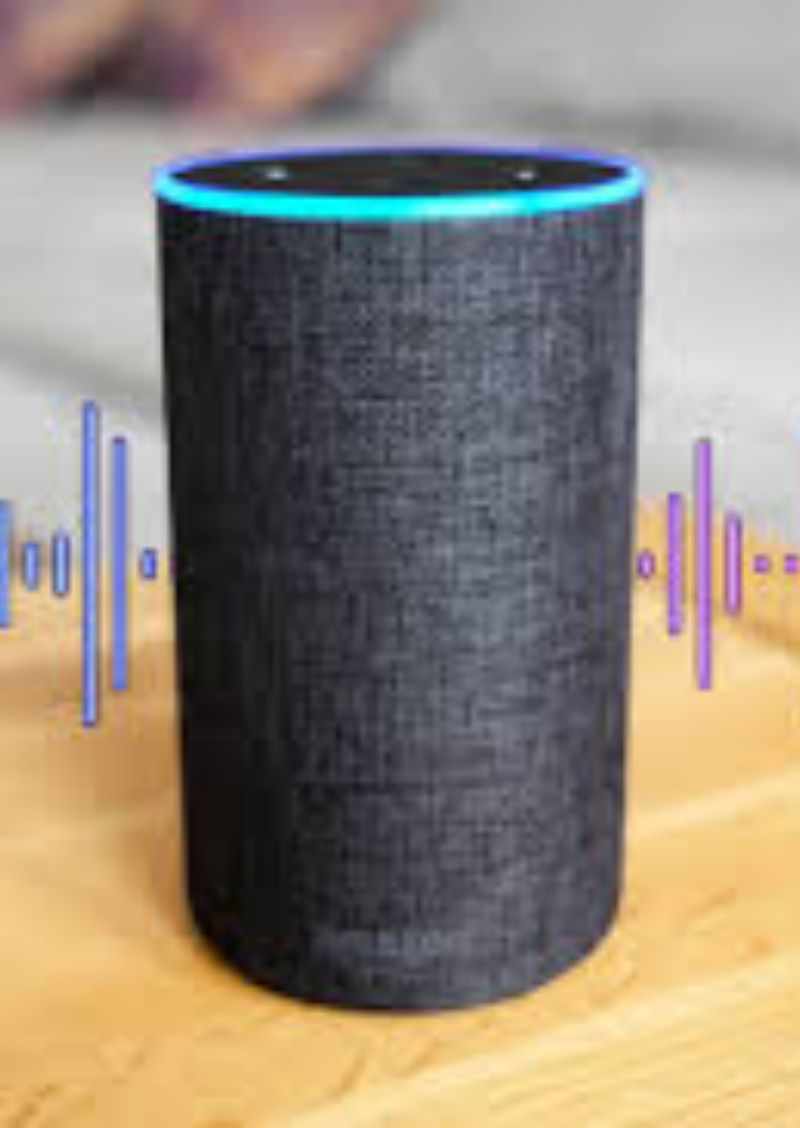
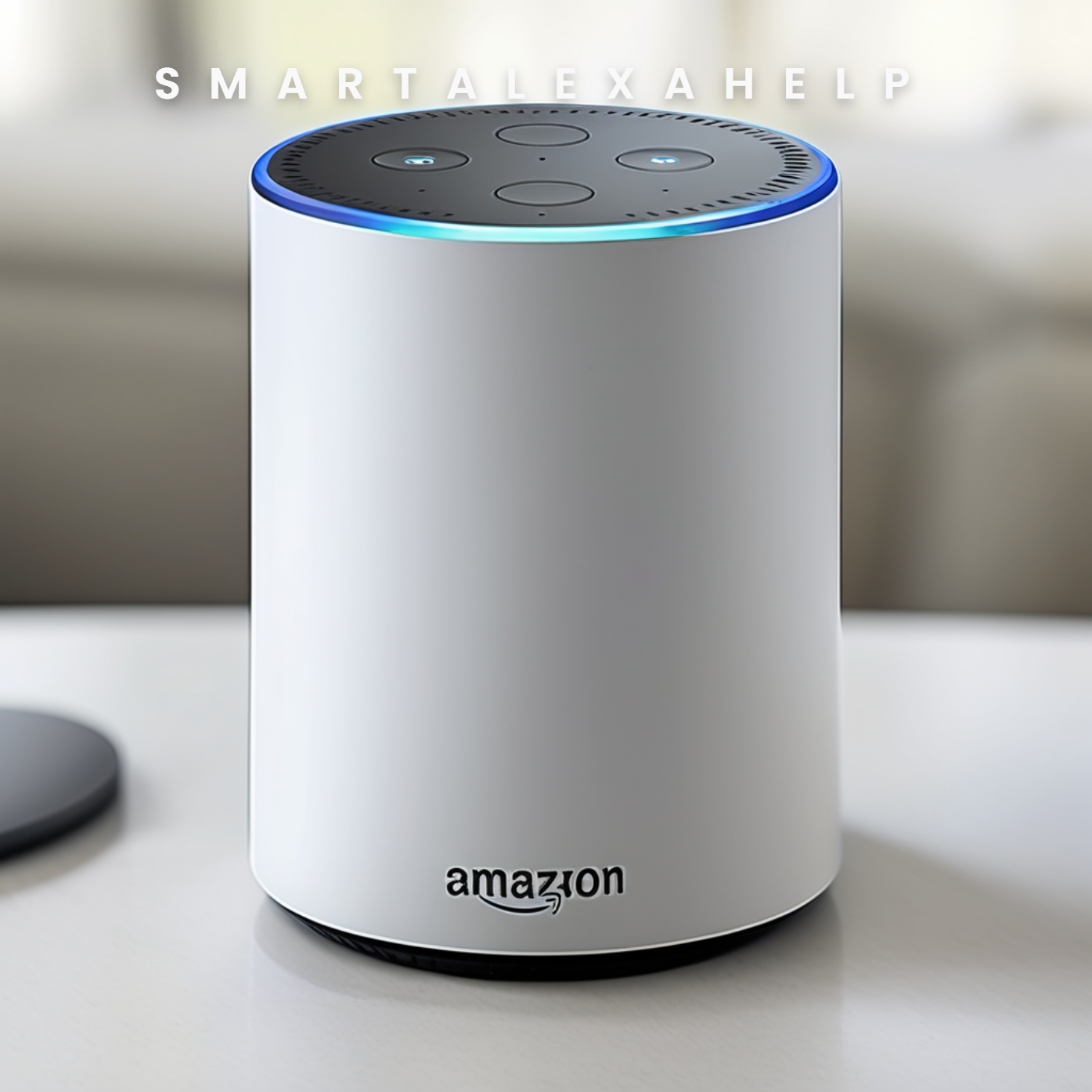
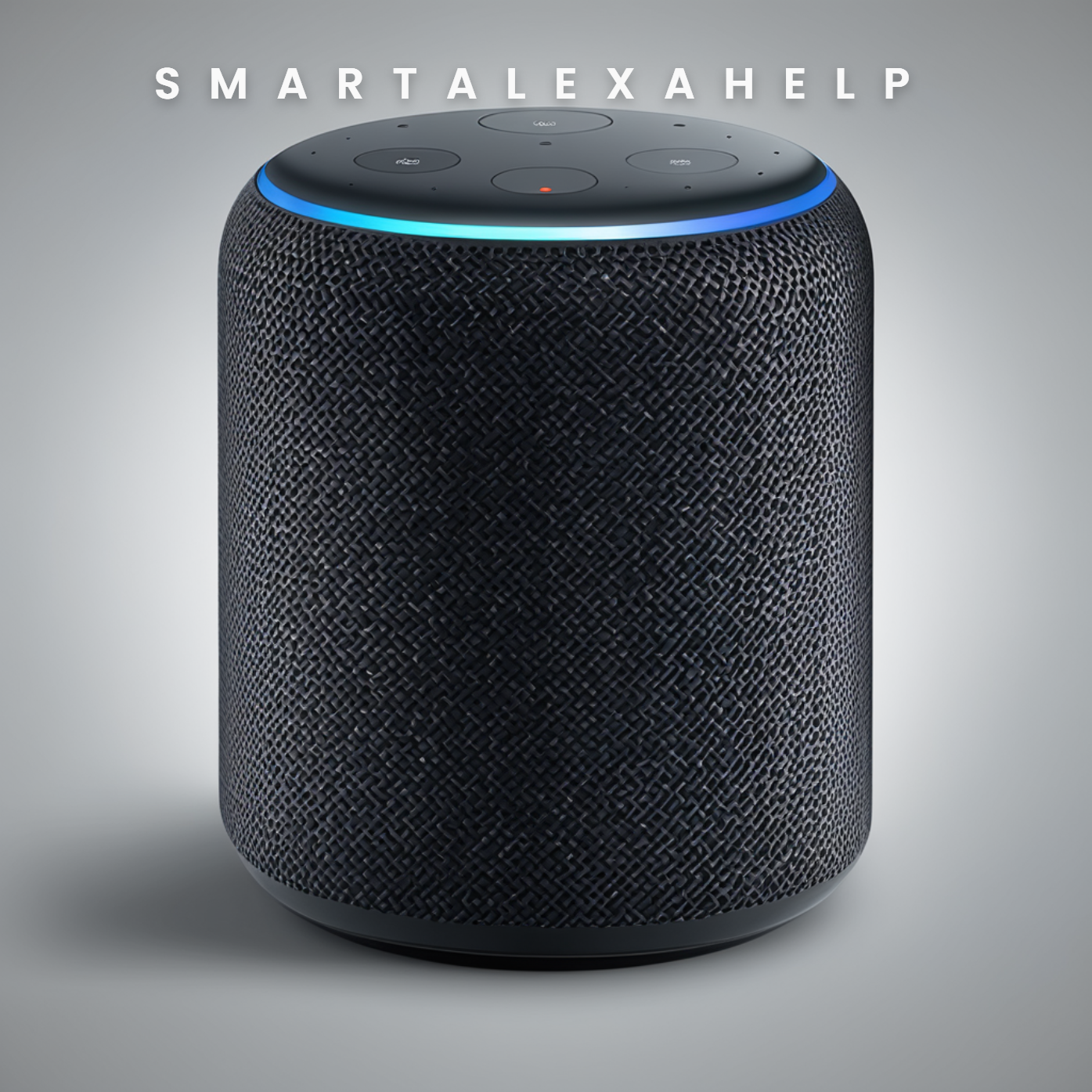


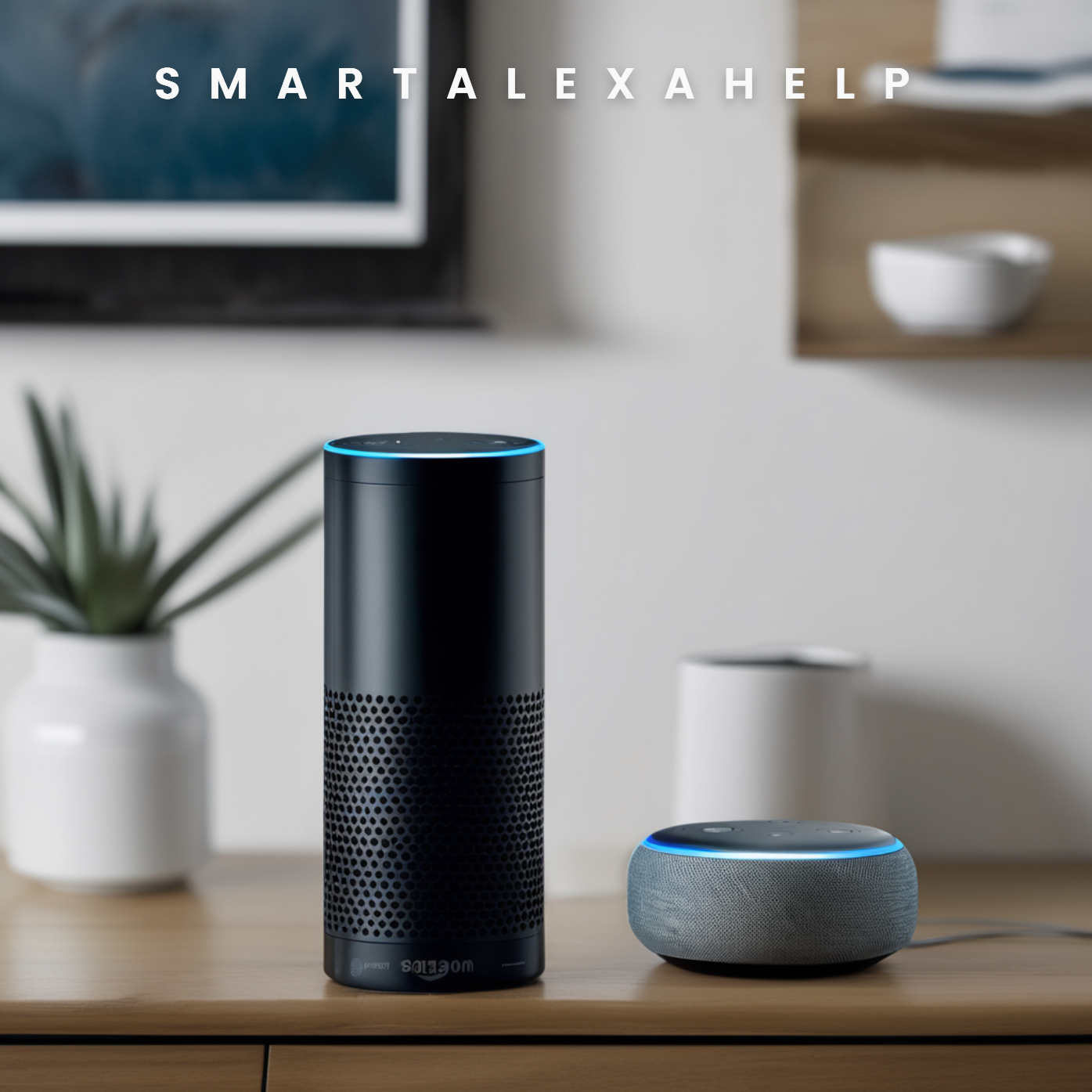

Write a comment ...